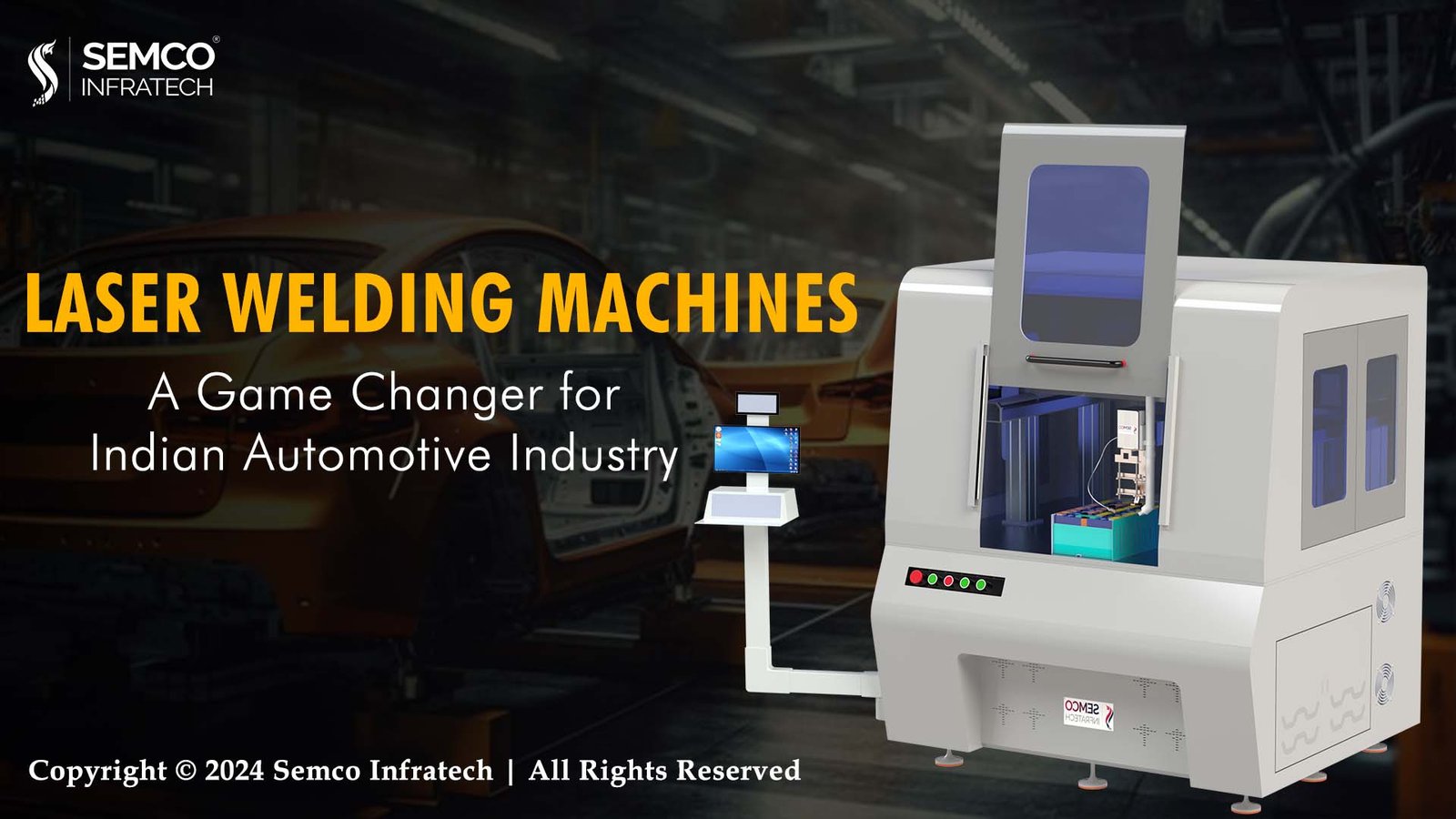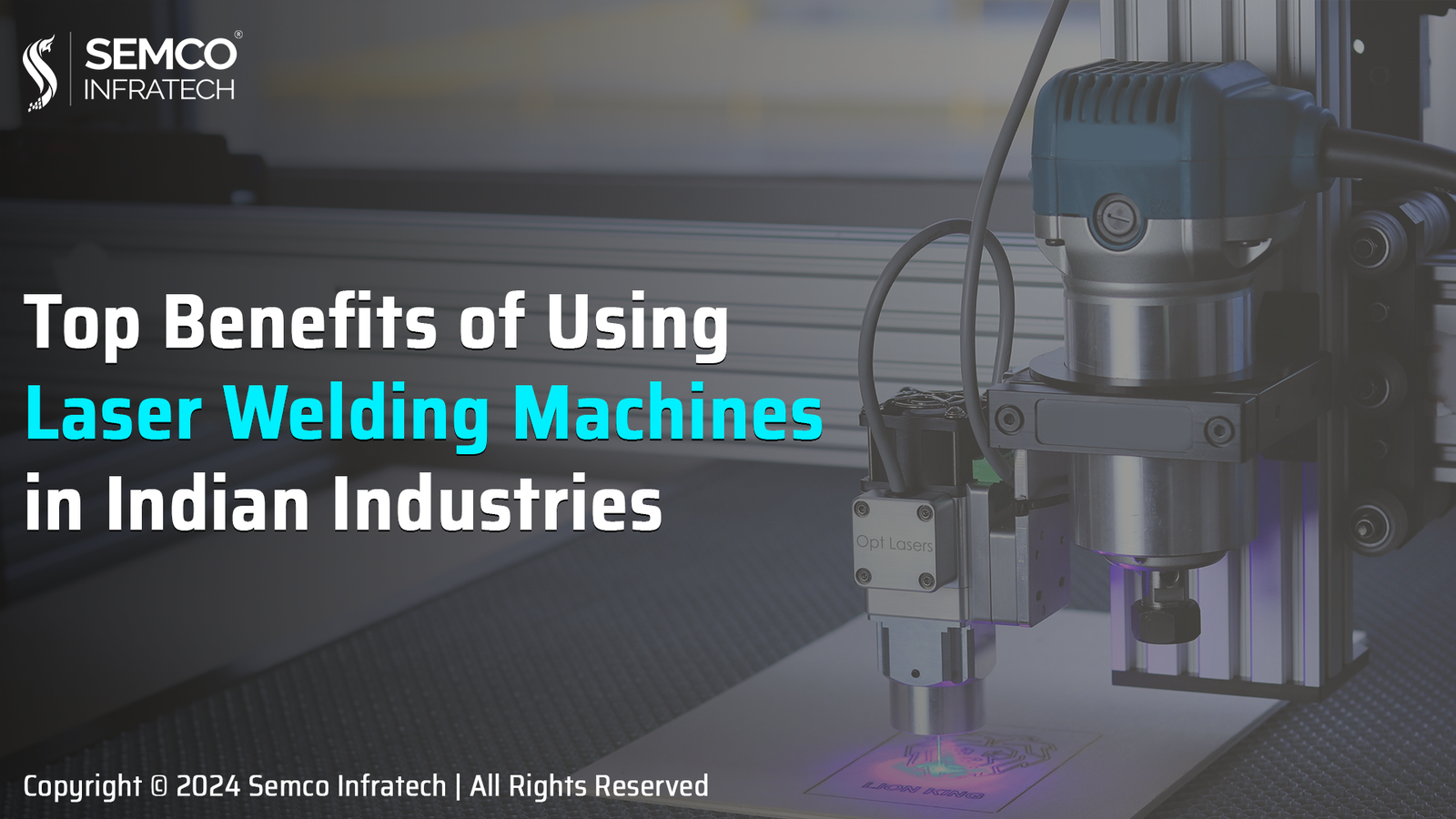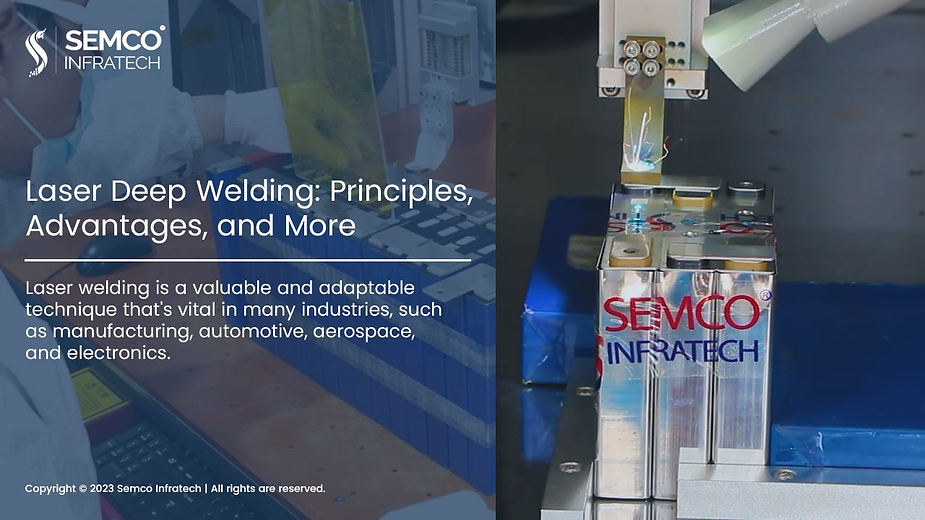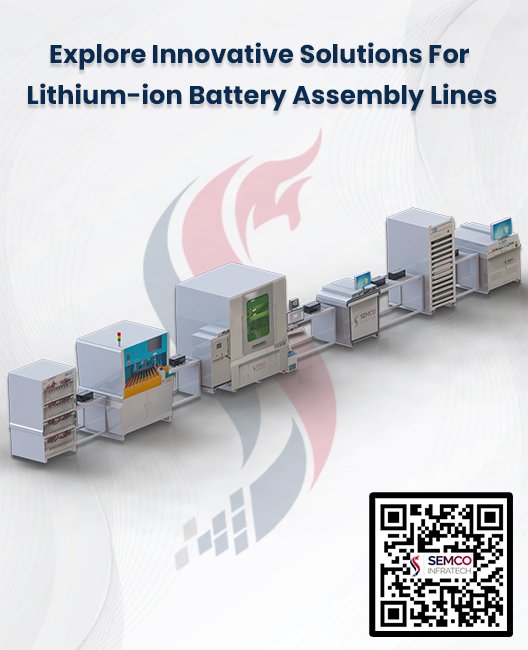In the complex world of manufacturing, the relentless quest for perfection continues, especially when it comes to vital equipment parts like those in boilers, pressure vessels, aerospace components, and high-speed rail structures. The ongoing fight against flaws, fractures, and abnormalities has prompted researchers globally to investigate advanced technologies. One of these is laser ultrasonic detection technology, which has risen as a leading method, providing a non-destructive, contactless, and extremely precise way to identify and monitor defects.
Understanding Laser Ultrasonic Technology:
As a versatile non-destructive testing technique, laser ultrasound is proving to be revolutionary. Its capacity to perform non-destructive testing of component defects and residual stress positions it as a leader in residual stress non-destructive testing technologies. This prominence has attracted global attention, with scientific researchers and engineering technicians embracing its capabilities.
The Ingenious Interaction of Laser and Material:
The story of laser ultrasonic technology starts with the interaction between a laser and materials. Invented in the 1960s, lasers, known for their monochromaticity, energy concentration, and strong directionality, have been widely used. When a laser shines on the surface of a metal or non-metallic material, the absorbed energy turns into thermal energy, creating an uneven temperature gradient field. This thermal expansion creates a stress field, causing the distribution of stress in the form of transient ultrasonic pulses. The outcome: the creation of ultrasonic waves.
Applications in Various Industries:
Laser ultrasonic detection technology has diverse applications across various industries, each reaping the benefits of its unique features.
1. Aviation Industry:
- Composite Plate Detection: Laser ultrasonic technology is excellent at detecting composite plates with large, curved surfaces and high temperatures, which are crucial in the aviation industry.
- Health Monitoring of Composite Structures: By offering a non-contact detection method, laser ultrasound plays a vital role in monitoring the health of complex composite structures.
2. Pipeline Transmission:
- Tiny Crack Detection: Laser ultrasonic non-destructive testing is well-suited for detecting tiny cracks on pipeline surfaces, ensuring safe operation.
- Online Measurement of Steel Pipe Thickness: Using the time interval of laser pulses, online measurement of steel pipe thickness becomes possible, enhancing production efficiency.
3. High-Temperature Alloy:
- Thermodynamic Characterization: Laser ultrasonic detection aids in studying the thermodynamic properties crucial for high-temperature alloys, impacting aerospace and biomedical industries.
4. Additive Manufacturing:
- Real-time Monitoring: In the field of metal additive manufacturing, laser ultrasonic technology enables real-time monitoring of workpiece quality, addressing challenges posed by void cracks and pores.
5. Wind Power Blades:
Defect Characterization: Laser ultrasound excels in locating and characterizing defects in wind power blades, contributing significantly to quality inspection.
Advanced Detection Capabilities:
Laser ultrasonic detection technology is notable for being classified into electrical and optical methods. Electrical methods, which include both contact and non-contact types, use piezoelectric transducers and electromagnetic-acoustic transducers. On the other hand, optical methods, which employ non-interferometry and interference techniques, offer flexibility and precision in defect identification.
Economic Value and Industry Adoption:
When assessing the economic value of laser ultrasonic detection, a crucial factor is its competitive advantage in situations involving extensive manual operations, as seen in the aerospace industry. The use of laser ultrasound in projects like F-22 and F-35 has shown significant savings in both capital and labor costs compared to traditional ultrasound technology. Lockheed Martin Airlines’ experience highlights the system’s reliability and stability, requiring minimal maintenance.
The Efficiency Quotient:
Although laser ultrasonic technology has advanced significantly, the intricate interaction between lasers and materials presents an opportunity for further exploration. Nevertheless, there is undeniable potential for its wider application in industrial nondestructive testing, especially in the aerospace sector. As technology continues to progress, laser ultrasonic detection remains a symbol of precision, providing industries with a dependable and innovative tool to ensure the integrity and safety of critical components.
The Readability Factor:
Focused on readability, laser ultrasonic detection technology goes beyond traditional testing, bringing in an era where defects are not just identified but eliminated with unmatched precision and efficiency. As industries adopt this transformative technology, the vision of a flawless manufacturing landscape becomes a tangible reality. Guided by the precision of laser ultrasonic detection, the journey toward perfection continues to reshape the future of industrial testing, offering safer, more reliable products for a world that demands nothing less.






